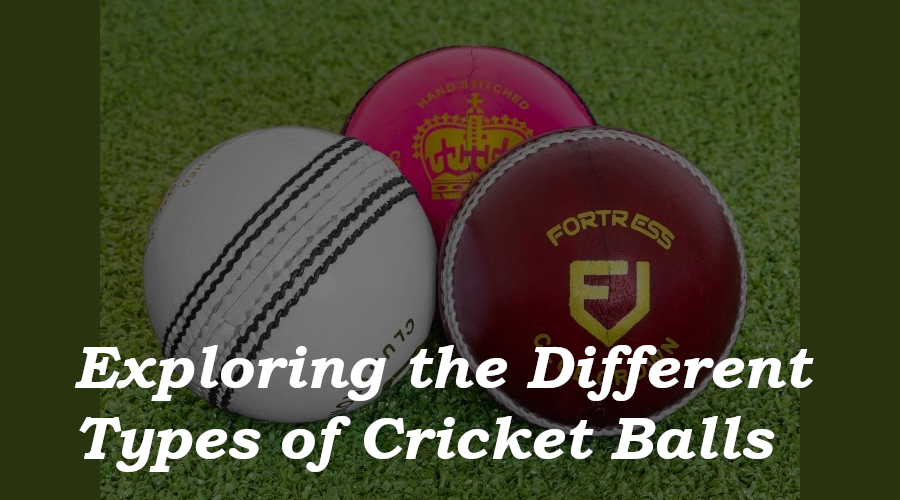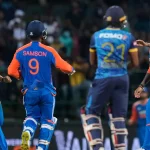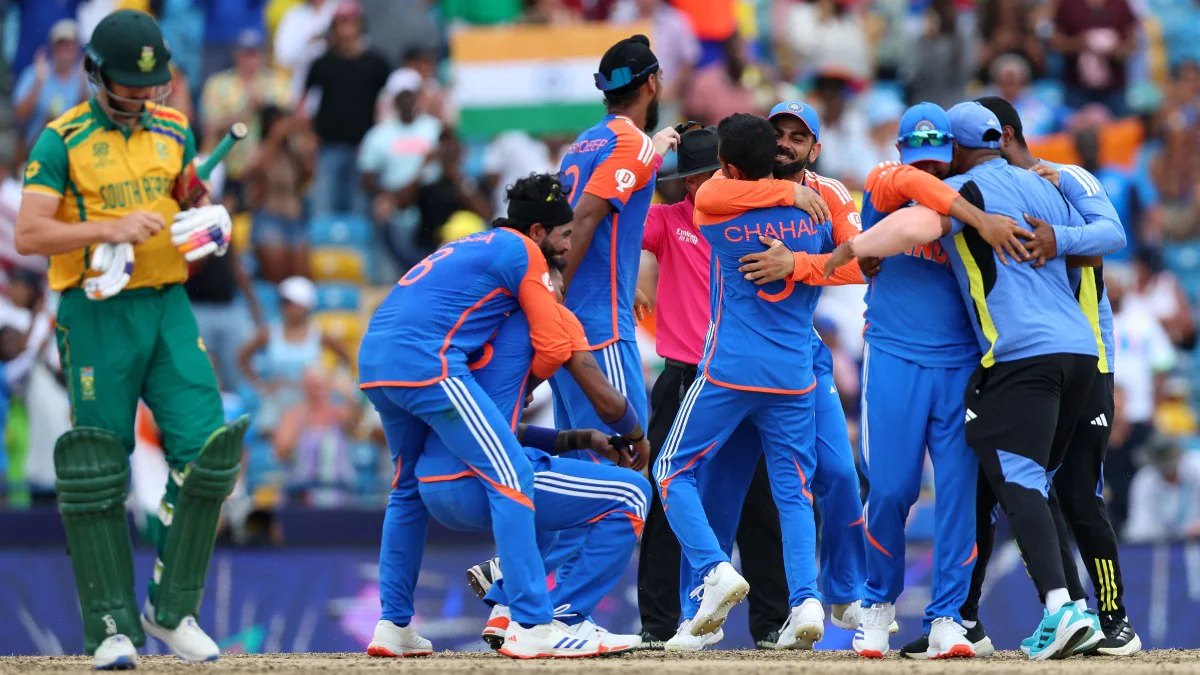Cricket is a popular game loved by many. At the heart of this sport is the cricket ball. It’s a small but important part of the game. The cricket ball has been around for a long time, just like the sport itself. It’s not just a ball – it’s what makes cricket exciting. When you watch a match, you’ll see how the ball can change the game. Fast bowlers use it to scare batsmen. Spin bowlers make it turn in tricky ways. And batsmen try to hit it far and score runs. Without the cricket ball, there would be no cricket. Let’s learn more about this special ball and why it matters so much in the game.
Anatomy of a Cricket Ball
A cricket ball is small but heavy. It weighs between 155.9 and 163 grams. That’s about as heavy as a big apple. The ball is round and measures about 22.4 to 22.9 cm around. It’s made of a cork core wrapped in a tough string. Then, it’s covered with leather. The leather is dyed red or white. The ball has a raised seam that goes around it. This seam is important for bowlers. They use it to make the ball move in the air. The international cricket ball price can be high because of the quality materials used. Different cricket ball companies make these balls, but they all follow the same rules for size and weight.
Types of Cricket Balls
There are different types of cricket balls. The red ball is the most common. It’s used in Test matches and first-class cricket. The white ball is for one-day matches and T20 games. It’s easier to see under lights. There’s also a pink ball for day-night Test matches. Some practice balls, like the Cosco ball, are cheaper and used for training. The season ball is a high-quality ball used in official matches. The difference between red and white cricket balls isn’t just color. White balls are treated differently to make them last longer. They also behave a bit differently in the air. Each type of ball is chosen based on the game format and conditions.
How Cricket Balls Behave
Cricket balls do amazing things in the air. Bowlers use different tricks to make the ball move. Swing is when the ball curves in the air. Fast bowlers love this. They can make the ball swing in or away from the batsman. Seam movement happens when the ball hits the pitch. It can bounce in unexpected ways. Spin bowlers make the ball turn after it bounces. They use their fingers to make the ball spin. The fastest ball in cricket can go over 160 km/h! But it’s not just about speed. How the ball moves is just as important. Good bowlers know how to use the ball’s behavior to get wickets.
Care and Maintenance of Cricket Balls
Taking care of a cricket ball is important. New balls are hard and shiny. Players need to break them in. They do this by hitting the ball with a bat or rubbing it on the ground. During a game, players keep one side of the ball shiny. They rub it on their clothes or use sweat. This helps the ball swing. The other side gets rough. This difference helps the ball move in the air. After the game, balls need to be stored properly. Keep them in a cool, dry place. Don’t let them get wet or too hot. With good care, a cricket ball can last for many games.
Cricket Ball Manufacturers
Many companies make cricket balls. Some famous ones are Kookaburra, Dukes, and SG. Each company has its own way of making balls. But they all follow rules set by cricket boards. Kookaburra balls are used in Australia and many other countries. Dukes balls are popular in England. SG balls are common in India. The best balls are handmade. Skilled workers carefully stitch the leather cover. Good balls are expensive because they’re made with care. Cheaper balls are machine-made. They’re good for practice but not for big matches. Cricket boards test balls to make sure they’re good enough for international games.
Interesting Facts About Cricket Balls
Cricket balls are tough, but they don’t last forever. In Test matches, the ball is changed after 80 overs. In shorter games, each team gets one ball for their innings. If a ball is lost or damaged, the umpires replace it with a similar old ball. Sometimes, balls hit players and cause injuries. That’s why batsmen wear protective gear. Once, a ball was hit so hard it broke a window in the commentary box! In women’s cricket, slightly smaller and lighter balls are used. The color of the ball can affect how players see it. That’s why white balls are used for games under lights.
The Future of Cricket Balls
Cricket balls are changing with new technology. Some companies are trying to make balls that last longer. Others are working on balls that are easier to see on TV. There’s talk about using smart balls with tiny computers inside. These could measure speed and spin accurately. Some people want to make balls that swing more to help bowlers. Others think this might make the game unfair. Cricket boards are careful about changing the ball. They want to keep the game fair and exciting. Whatever happens, the cricket ball will always be a key part of the game.
Conclusion
The cricket ball is more than just a piece of sports equipment. It’s the star of the game. From its making to how it’s used, every part of the cricket ball is important. Players, fans, and makers all care about this small but mighty object. As cricket changes, the ball might change too. But one thing is sure – without the cricket ball, there’s no cricket. Next time you watch a match, pay attention to the ball. You’ll see why it’s so special.









